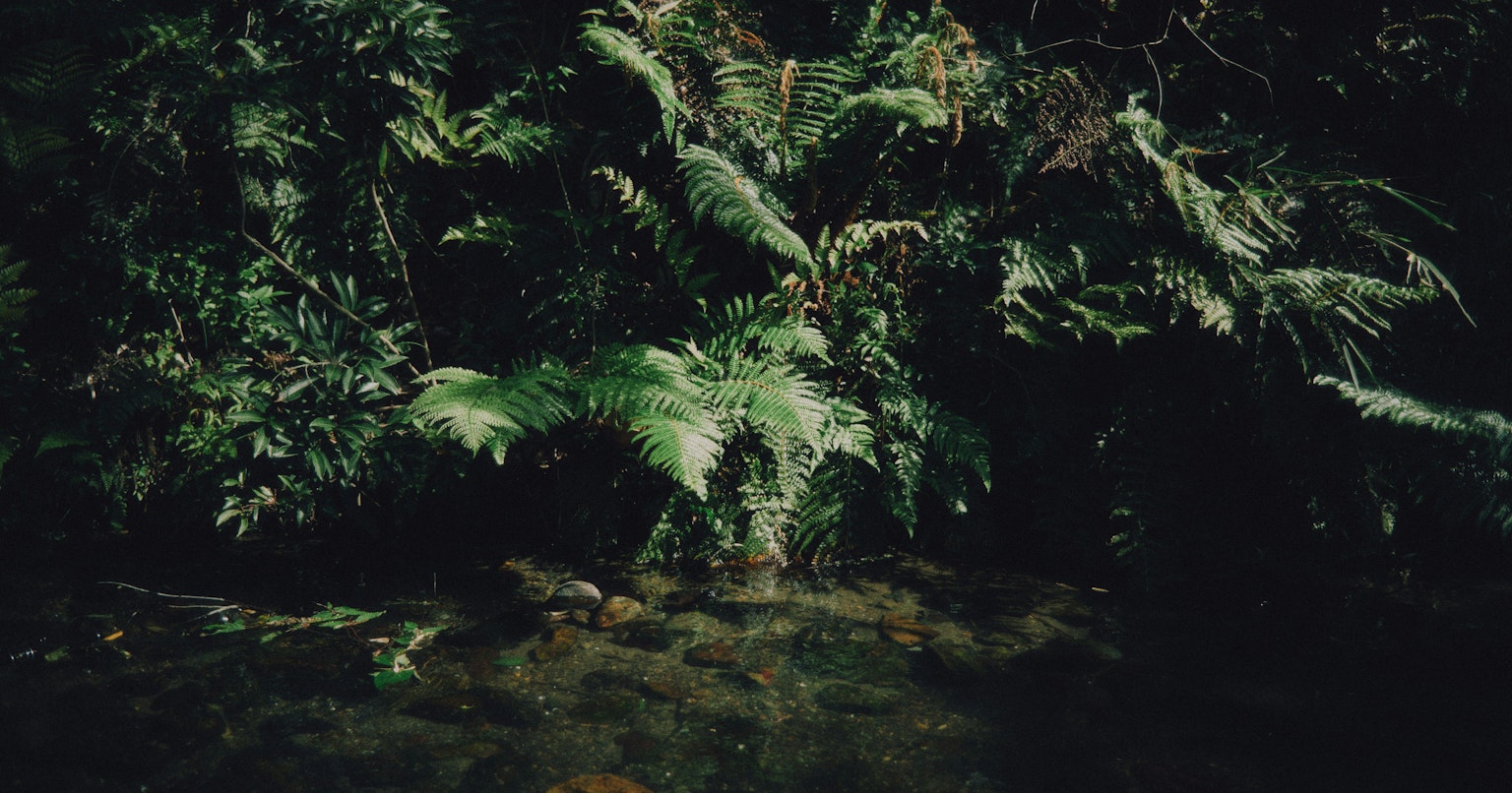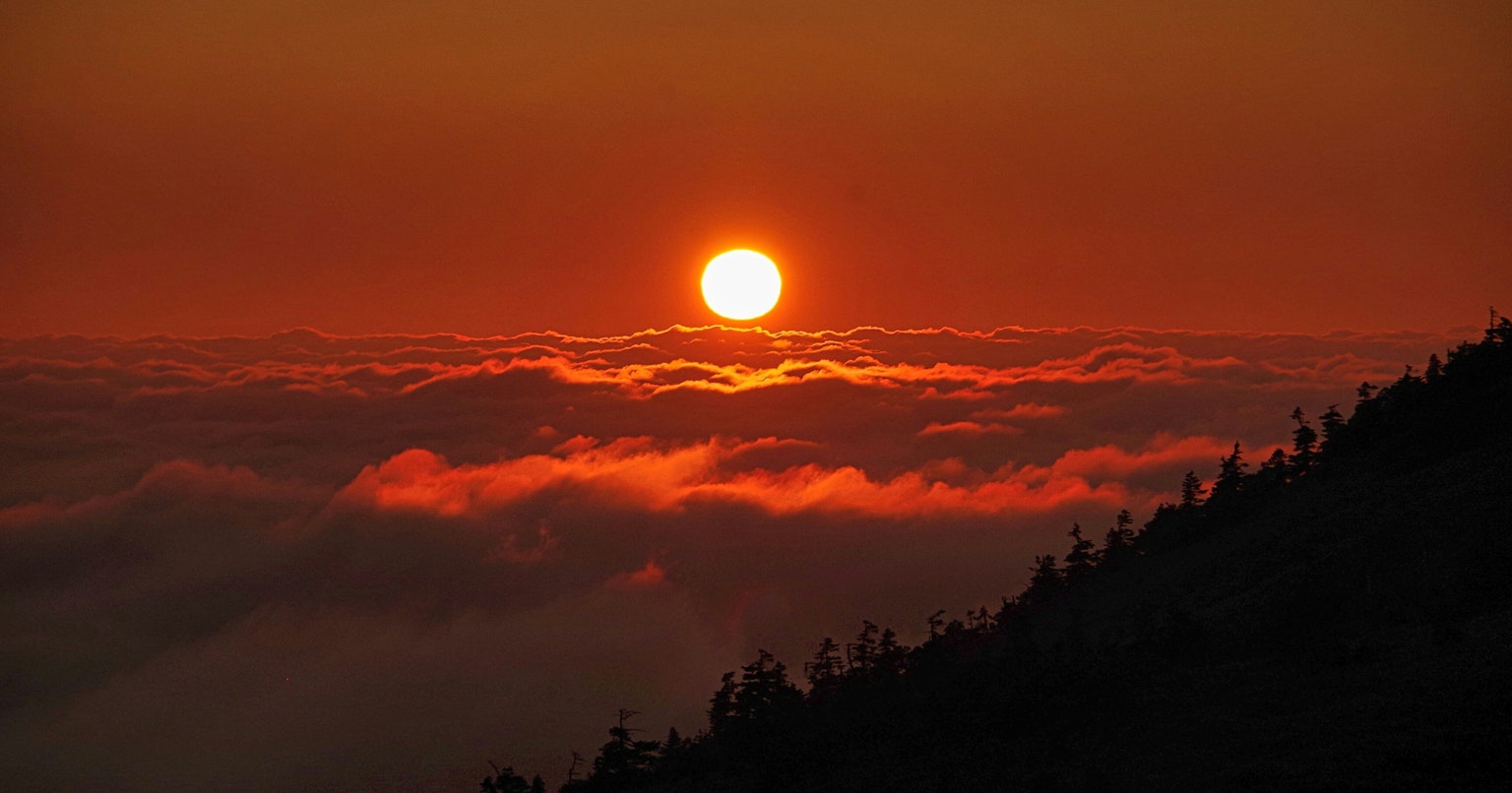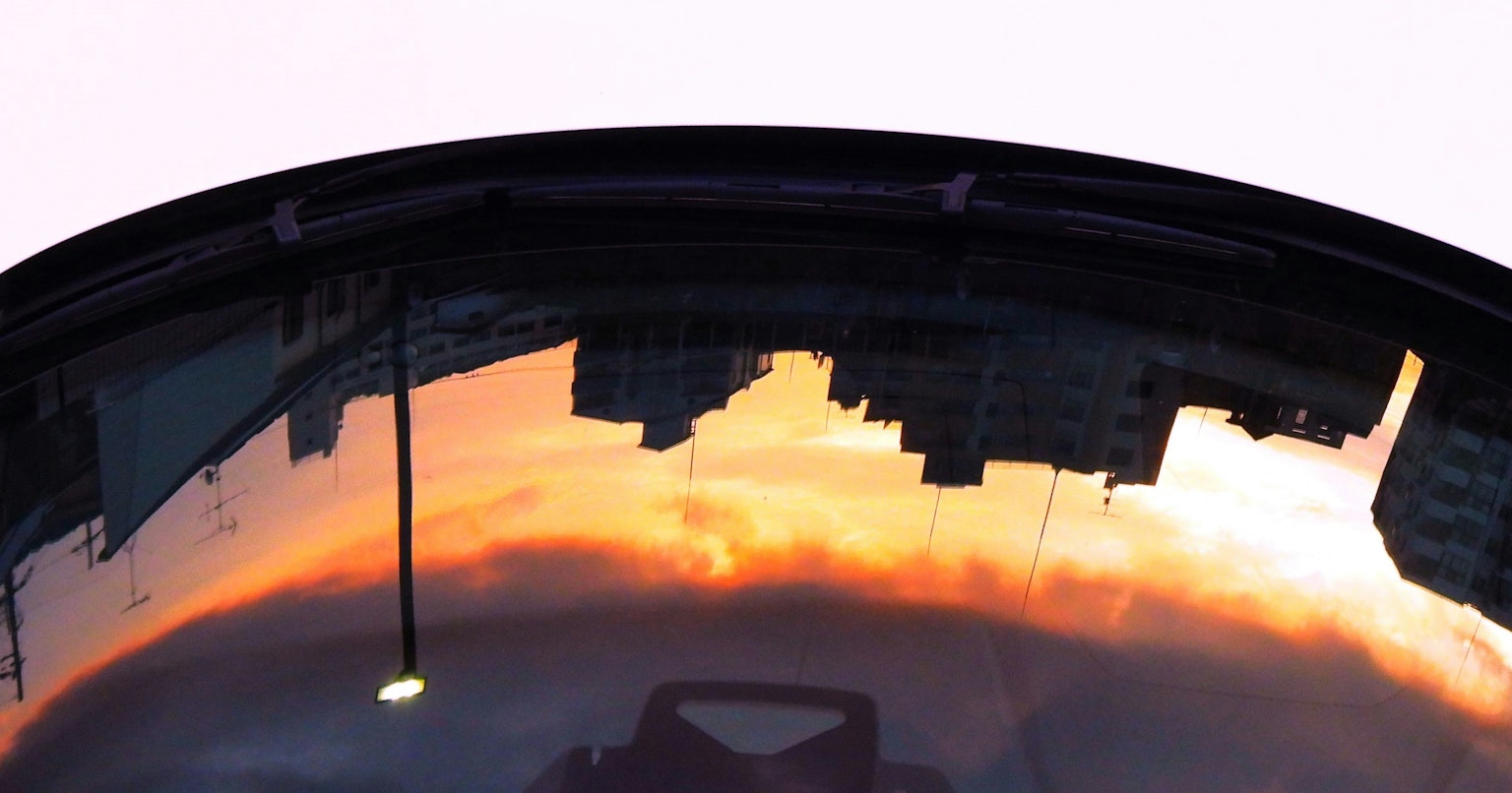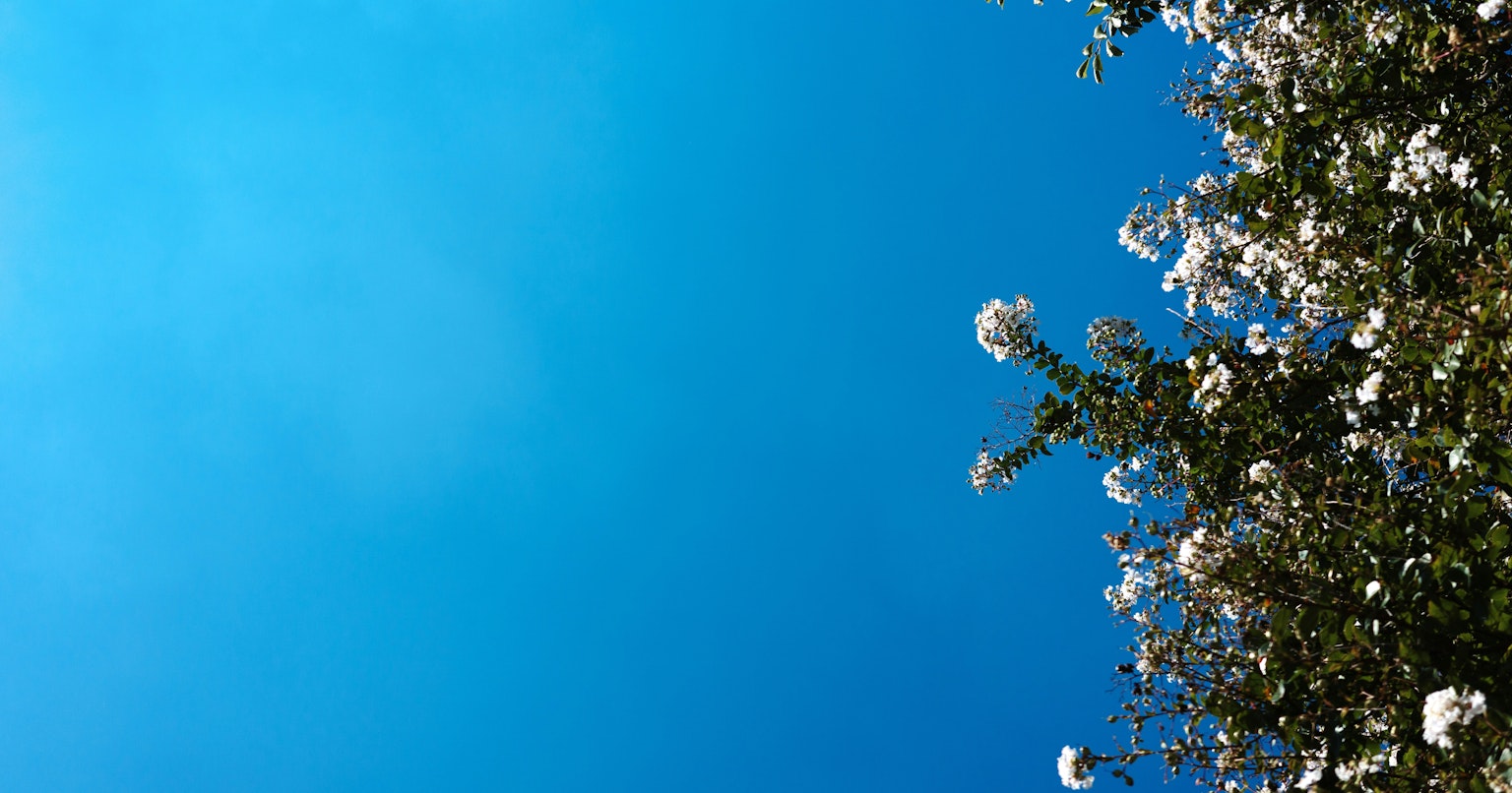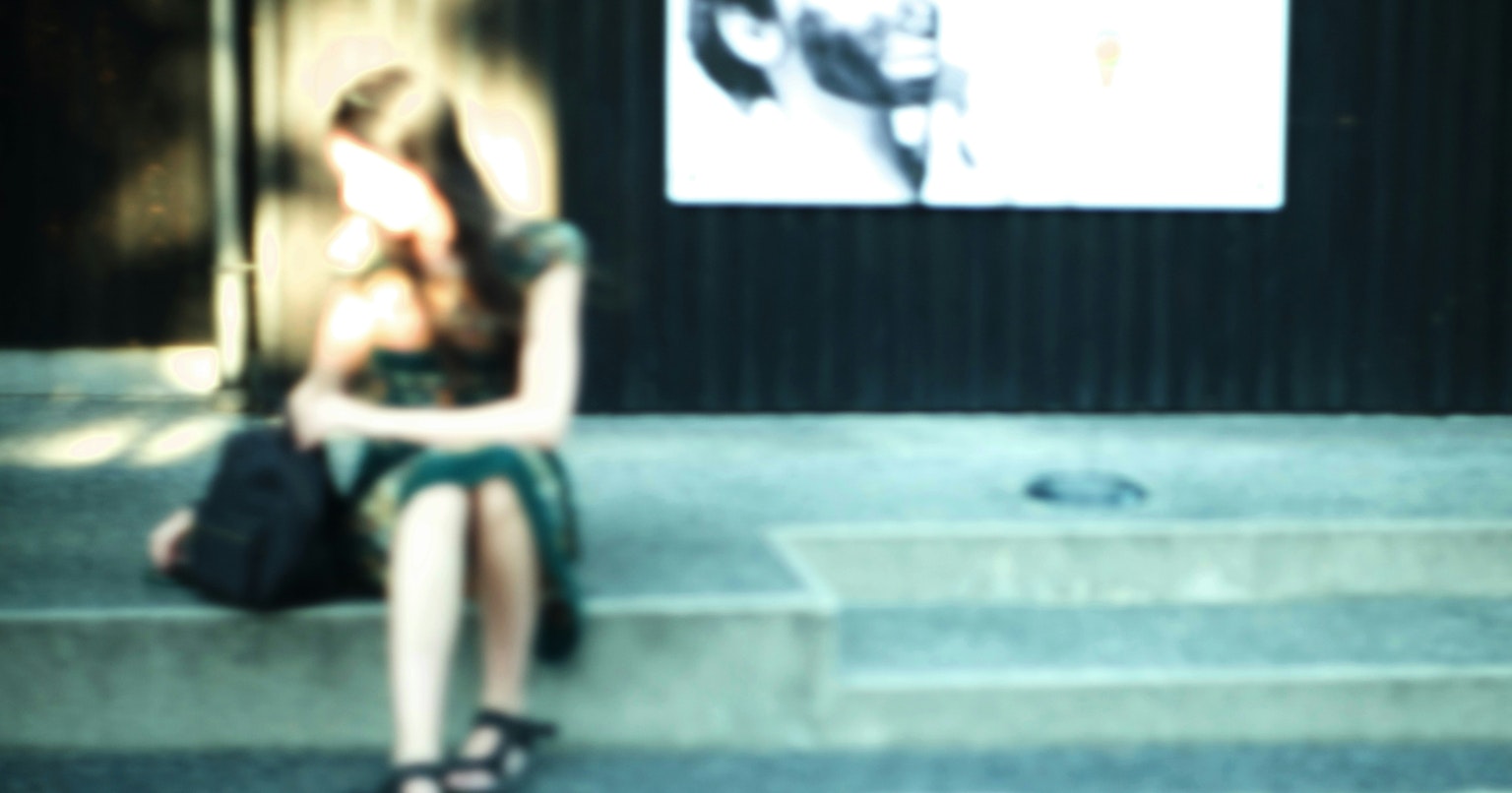
Cover photo by Yukihiro
Photojournalists, also known as news photographers or documentary photographers, use their cameras to capture social and historical events, conflicts, disasters, culture, and everyday life, telling stories through their images.
They are not mere recorders but individuals with a clear perspective, engaging sincerely with their subjects and events to provoke thought through their photographs. This article delves into the roles and skills required of such photographers and offers practical ideas and steps for those aspiring to enter the field.
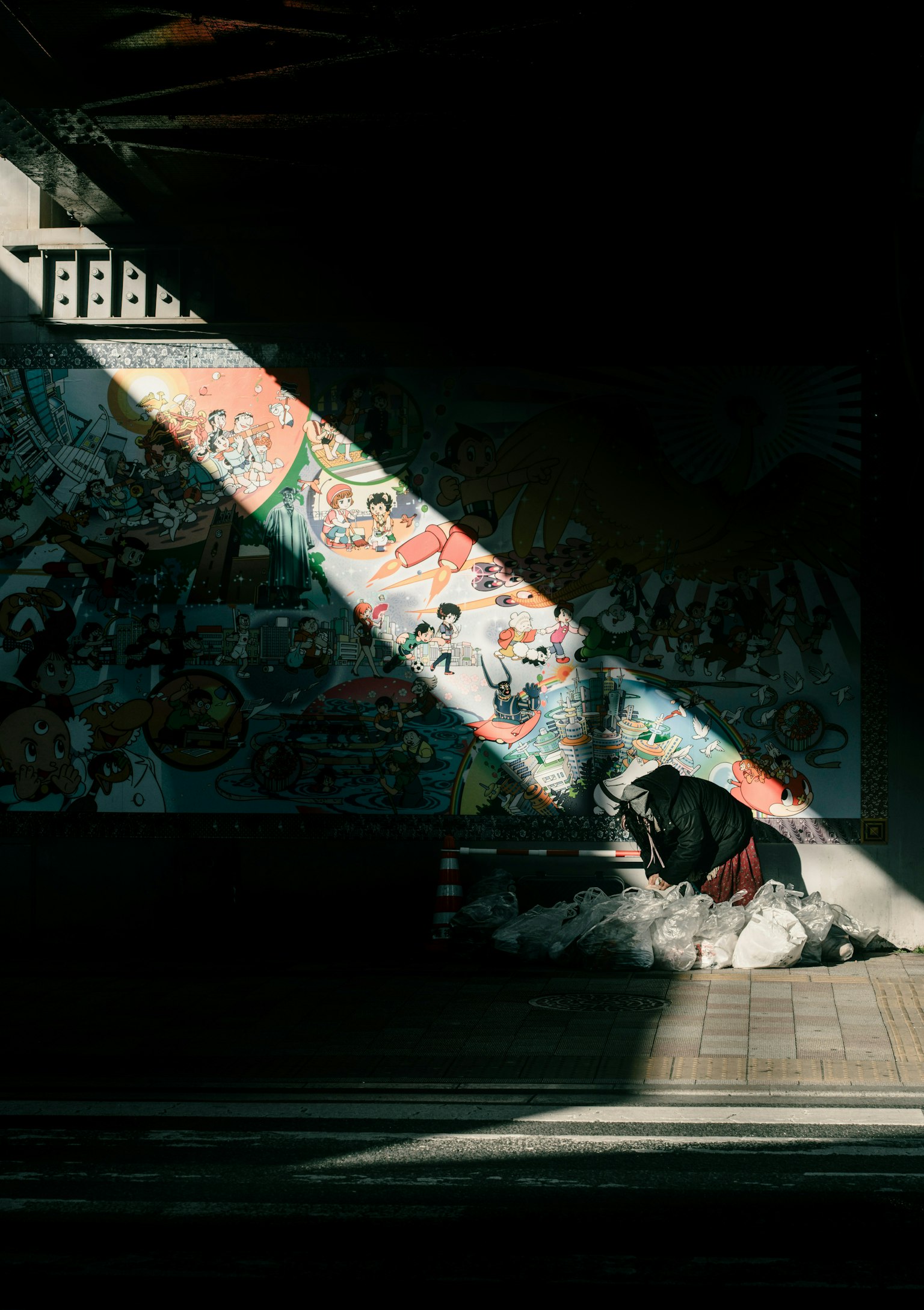
Photo by AKATSUKI
The Mission and Perspective of Conveying Truth
Photojournalists bear the responsibility of "conveying the truth." Beyond capturing events, they must understand the context and background, constructing stories through their photographs. Their mission is to go beyond aesthetic value, preserving the dignity of their subjects while challenging readers to think critically through their visual narratives.
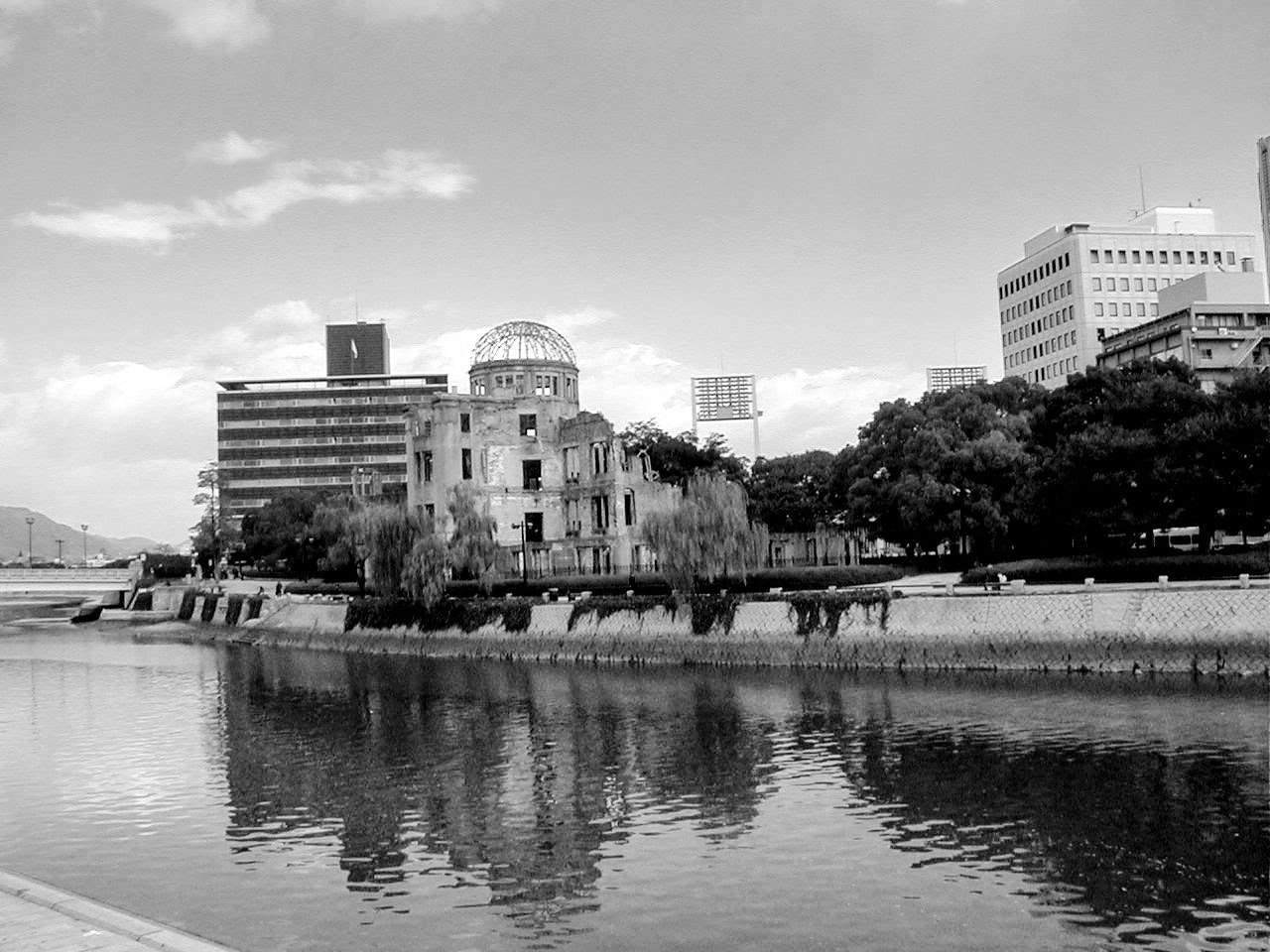
Photo by IRIE*DESIGN
Ethics and trust with subjects are also essential. In reporting environments, photojournalists must possess quick decision-making, action skills, and risk management abilities.
Challenging Environments and Essential Skills
To work as a photojournalist, mastering the basics of photography—exposure, shutter speed, composition, and color adjustment—is a prerequisite. Additionally, experience in high-sensitivity shooting amidst noise and chaos, as well as handling challenging lighting conditions such as low light or backlight, is indispensable.
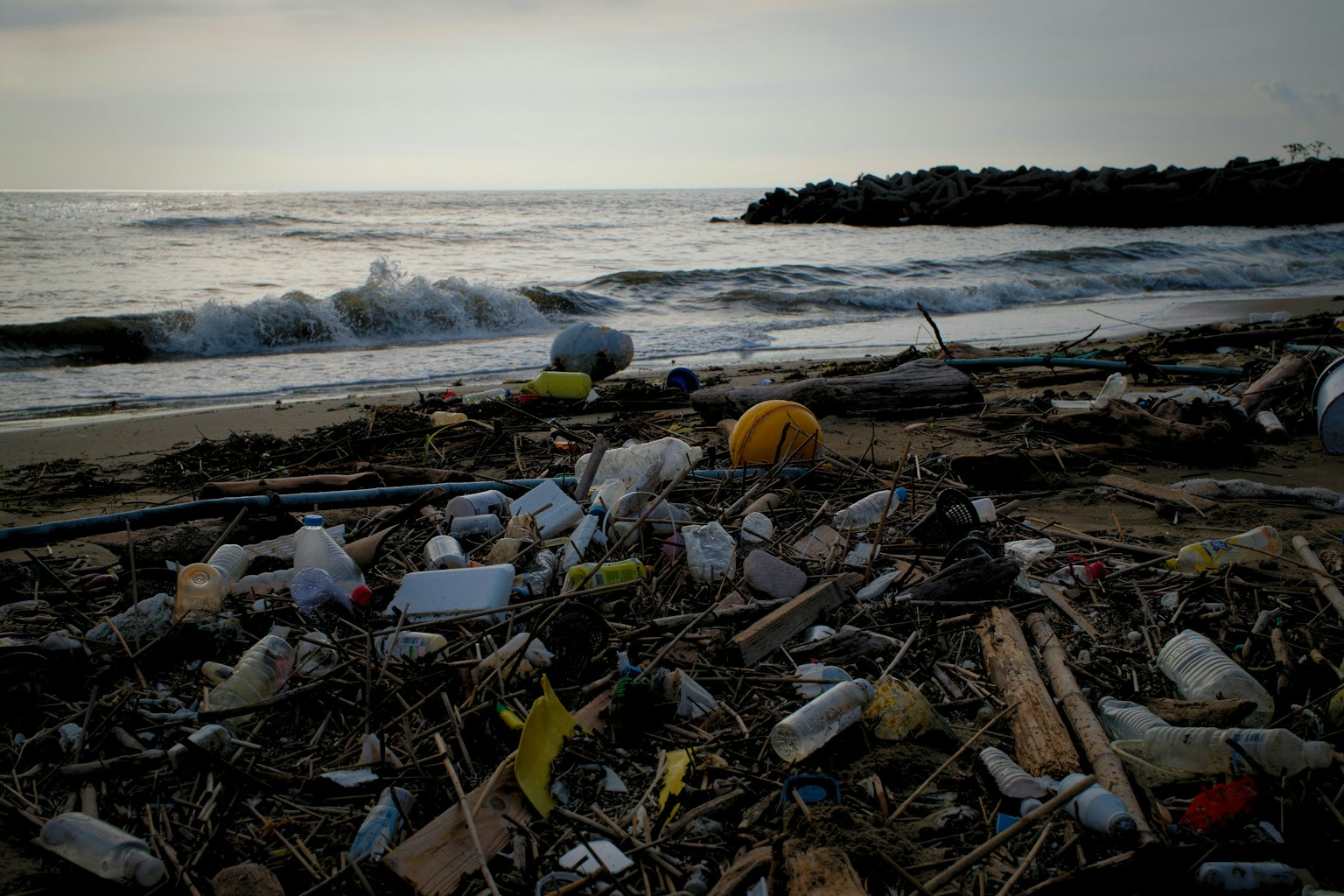
Photo by RYUURI
Their work spans disaster-stricken areas, social movements, protests, conflict zones, refugee camps, and marginalized communities. While these environments often involve life-threatening risks and mental strain, photojournalists fulfill their responsibility as recorders, frequently collaborating with media organizations on projects in addition to individual reporting efforts.
For Aspiring Photojournalists
The first step is to photograph events happening around you. The key is to approach photography with your own perspective and questions. Sharing your work on social media or a website and organizing it as a portfolio can open doors to future opportunities.
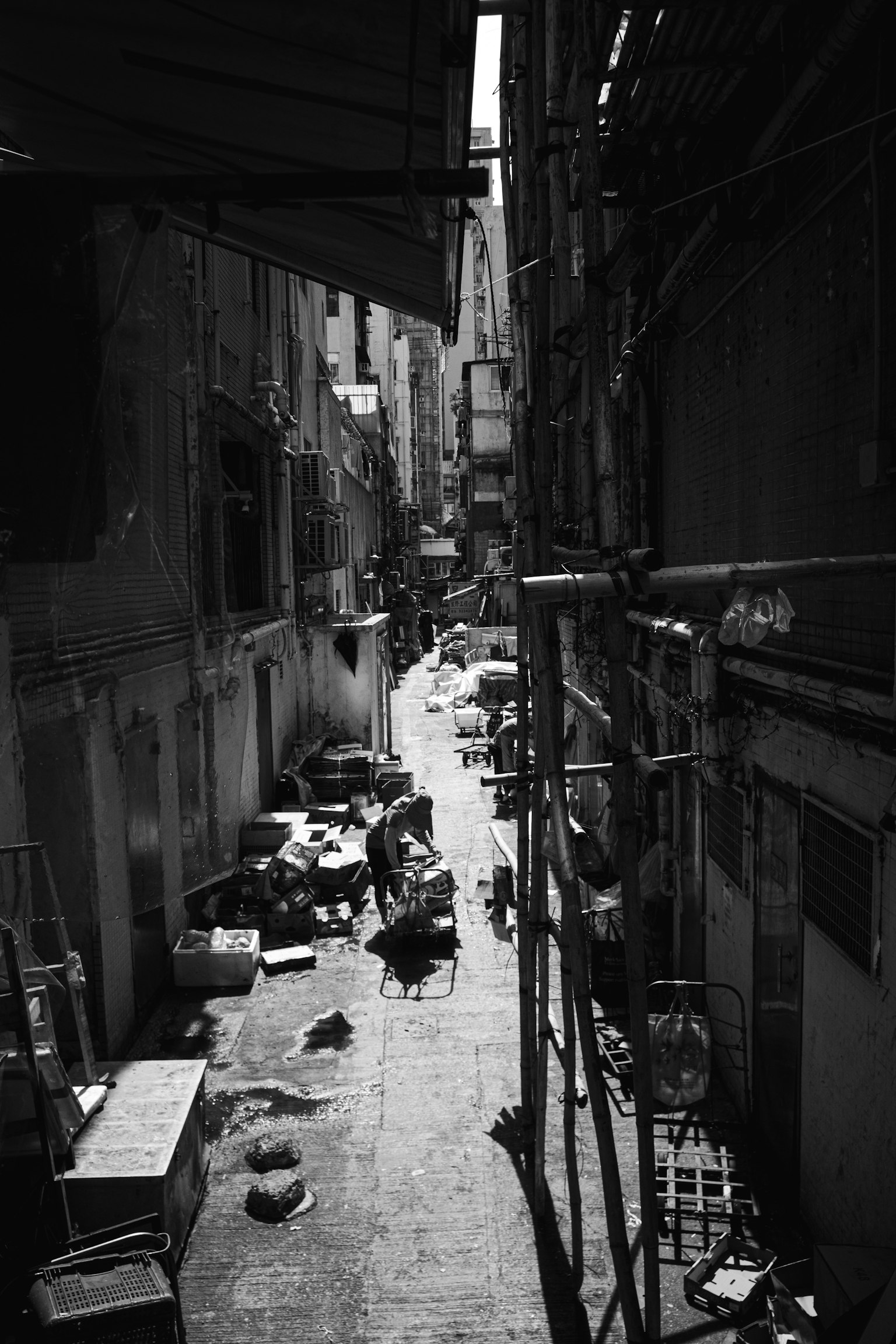
Photo by Hazuki
Next, consider showing your work to local newspapers or freelance journalists and gaining experience through accompanying them on assignments. Such efforts can lead to opportunities in field reporting, international journalism, and thematic series projects.
